If you’re looking to harvest bigger pieces of fruit from your trees and vines this summer, now's the time to get out your hand pruners and thin off the overcrowded fruit. Other good reasons for thinning lots of little fruit from trees now can also thwart bigger problems later this year, such as undersized fruit, excessive fruit drop, and broken fruit tree branches.
Here are some tips for thinning from the fruit tree experts at UCANR:
• For apples, European and Asian pears, apricots, peaches, nectarines, plums, pluots, kiwifruits, and persimmons: Remove some of the fruit. Space fruit evenly along each branch, with perhaps six inches between each piece of fruit. More importantly, be sure to leave the largest sized fruits on the tree or vine. Although the trees might appreciate a light feeding now, the best time to fertilize these crops is in July and August, when the trees are setting their fruit buds for the following year. An exception would be peach and nectarine trees attempting to recover from peach leaf curl. For those varieties, thinning and fertilizing now can help redirect the tree’s energy into producing more leaves to replace the fallen ones.
• For table grapes, remove grape bunches so that there is at least six inches of space between each remaining bunch of table grapes. Cut off the "tails" from the remaining bunches at that same time. This is the lower one-quarter to one third of the bunch, where it begins to taper down in size. This will send more energy to the remaining grapes on the bunch. The book, "The California Master Gardener Handbook" advises that fertilizer can be applied for each grapevine when the berries are about a quarter-inch big, usually in May. The same book advises gardeners to apply about 50 gallons of water per week per vine, during the hottest months (June through August) here in the Central Valley. Apply less (about 35 gallons a week) during May and September. Adding a few inches of mulch to the top of the soil beneath the vines will help preserve soil moisture.
• Because of their small size, cherries are not usually thinned from backyard trees. In addition, nut crops, such as almonds and walnuts, are not thinned.
• What about blueberries? The amount of thinning will depend upon the blueberry variety and fruit load relative to the vegetative area of the plant. Larger plants and branches that are more vigorous can support a heavier fruit load.
• Citrus trees tend to thin themselves, a phenomenon called “June Drop.” However, citrus fruit thinning now can help a tree drop fewer fruit in late spring.
Certain citrus types such as Valencia oranges or some mandarins have tendencies towards alternate bearing. That’s a year with heavy fruit production followed by a year with sparse production. You can reduce the potential of a tree to alternate bear by reducing the fruit load in a heavy fruit set year by thinning out some of the fruit. Pruning the tree will also help to offset alternate bearing. Also, fertilize less in light years and more in heavy years so that the trees needs are met according to the demands of the fruit load. Despite using these strategies, some varieties will just alternate bear.
• Do not allow the old citrus fruit to stay on the tree longer than necessary. This may contribute to a smaller crop and perhaps, more fruit drop, for the next crop. And, as you may have noticed, those oranges and mandarins that usually produce ripe fruit in the winter but still have some left on the branches may taste dry, with little or no flavor. Cleaning up fall fruit now beneath citrus trees can help cut down on future pest and disease issues, as well.

The University of California’s “California Backyard Orchard” website goes into the science of the benefits of thinning deciduous fruits:
Removal of flowers or young, immature fruits early in the spring can lead to increases in fruit size by limiting the number of fruits that continue growing to harvest. It increases the leaf-to-fruit ratio and removes smaller fruit that would never reach optimum size or quality. Apples, European and Asian pears, apricots, peaches, plums, kiwifruits, and persimmons are almost always thinned until the leaf to fruit ratio is favorable for supporting growth of adequately sized fruits. Typically, nut crops and cherries are not thinned.
Large fruit come from strong flower buds that grew in full sunlight, and on trees that have a favorable leaf to fruit ratio; not too many fruit per branch. In order to manipulate the tree into having just the right amount of crop that will size well and develop adequate flower buds for next year’s crop the fruits are hand thinned, removed in the dormant pruning process, or both. Apples, European and Asian pears, apricots, peaches, plums, kiwifruits, and persimmons are almost always thinned. Fruits on non-thinned trees are still edible, just smaller.
The earlier that fruits are thinned and the leaf to fruit ratio is increased, the larger the fruits will be at harvest and the greater the effect on next year’s bloom. The home fruit gardener needs to use judgment regarding spacing of the fruit as well as removal of small and damaged fruit. Spacing fruits evenly along a branch or leaving only one fruit per spur is a good practice, but leaving the largest fruit is more important. The small ones even well spaced will never become as large as the big ones closer together or in clusters. Leave the same number of fruit per branch, but leave the big ones no matter how they are spaced. This will lead to larger fruit. Most home fruit producers do not thin enough fruit off. It hurts to drop all that potential fruit on the ground. It usually takes 2–3 years of experiencing small fruit from inadequate thinning to get it right.
Blossom thinning also increases the leaf to fruit ratio because competition among developing fruits and elongating shoots and roots is relieved early; however, risk can be associated with blossom thinning because bad weather during bloom and postbloom may reduce fruit set even more.
Standard apple and peach cultivars require leaf to fruit ratios between 40:1 and 75:1 (40 to 75 leaves per single fruit) to reach typical size at harvest. Early varieties need a larger ratio of leaves to fruit. Spur-type apple varieties require a smaller leaf to fruit ratio of 25:1 to attain good crop size. This result seems to be related to the fact that photosynthates and stored food reserves are distributed more for fruit growth relative to vegetative growth in trees of this growth habit. Leaves of dwarf trees seem to be more efficient in exporting photosynthates because they are exposed to direct sunlight for more hours of the day than those on standard trees.
Nut crops are not thinned because kernel size is not an important factor.
Thanks for reading Beyond Basics: The Garden Basics with Farmer Fred Newsletter! Subscribe for free to receive new posts and support my work.
Thank you for also listening to the Garden Basics with Farmer Fred podcast! It’s available wherever you get your podcasts. Please share it with your garden friends.
Fred Hoffman is also a University of California Cooperative Extension Master Gardener in Sacramento County. And he likes to ride his bike(s).





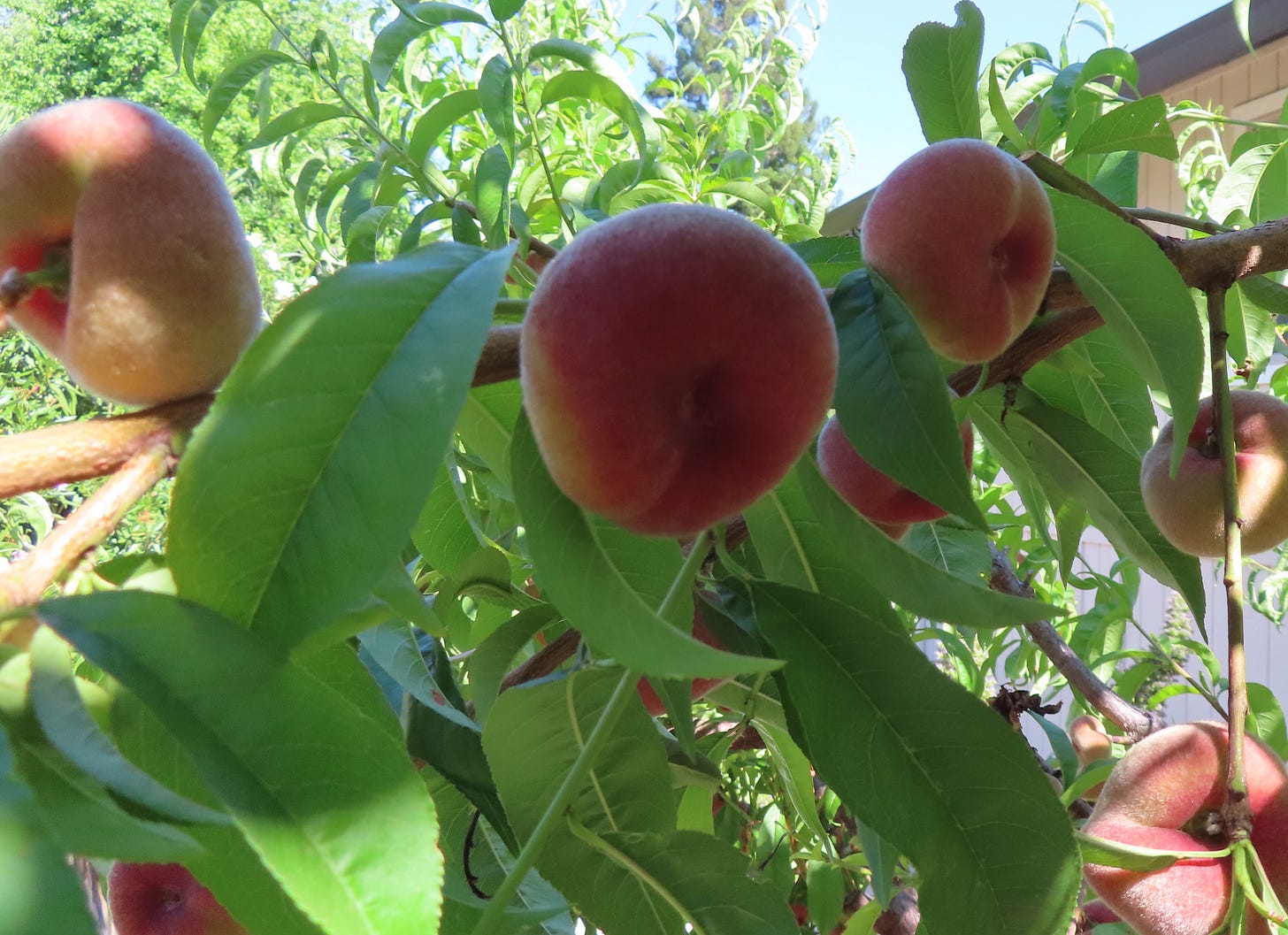

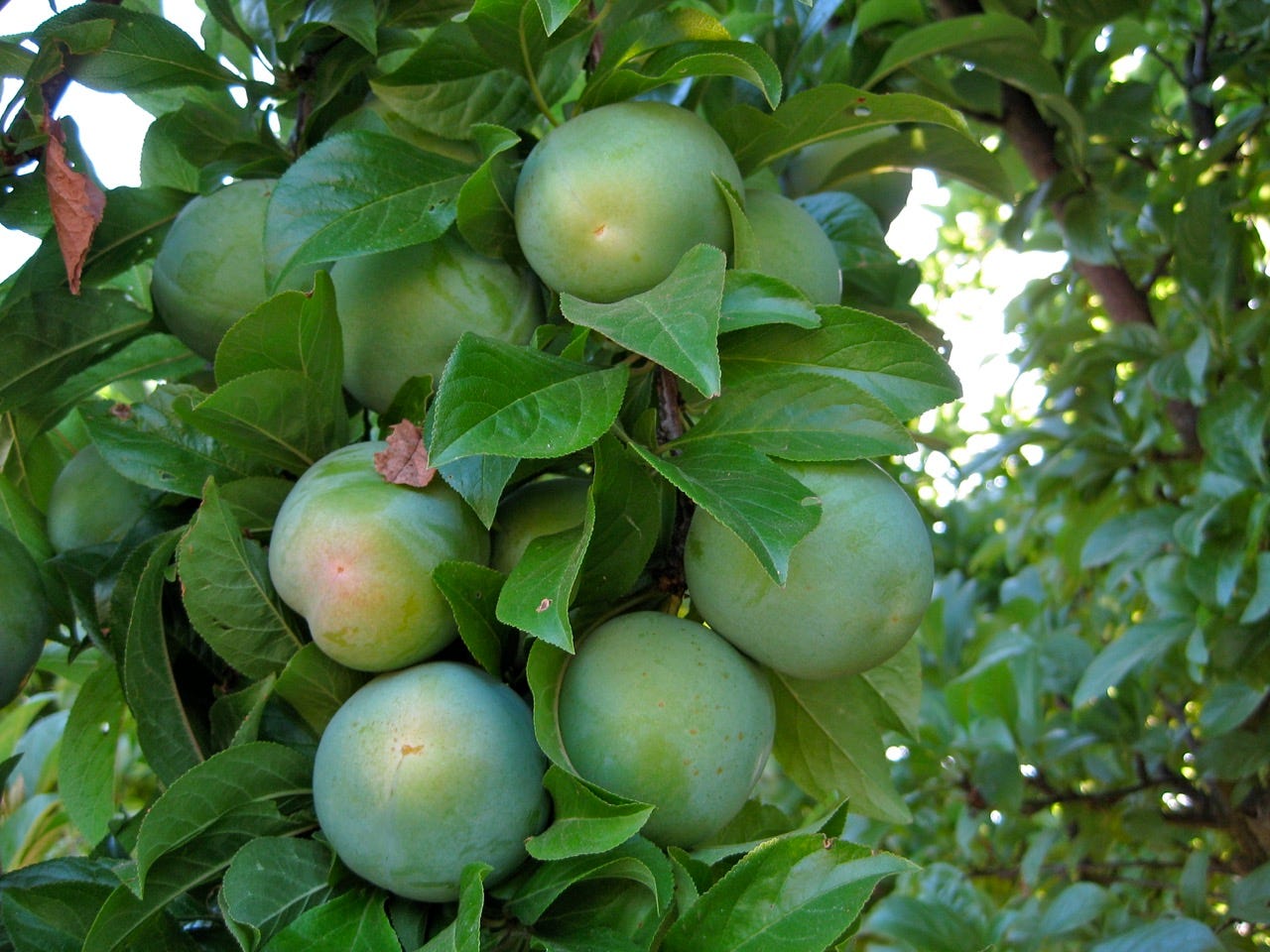

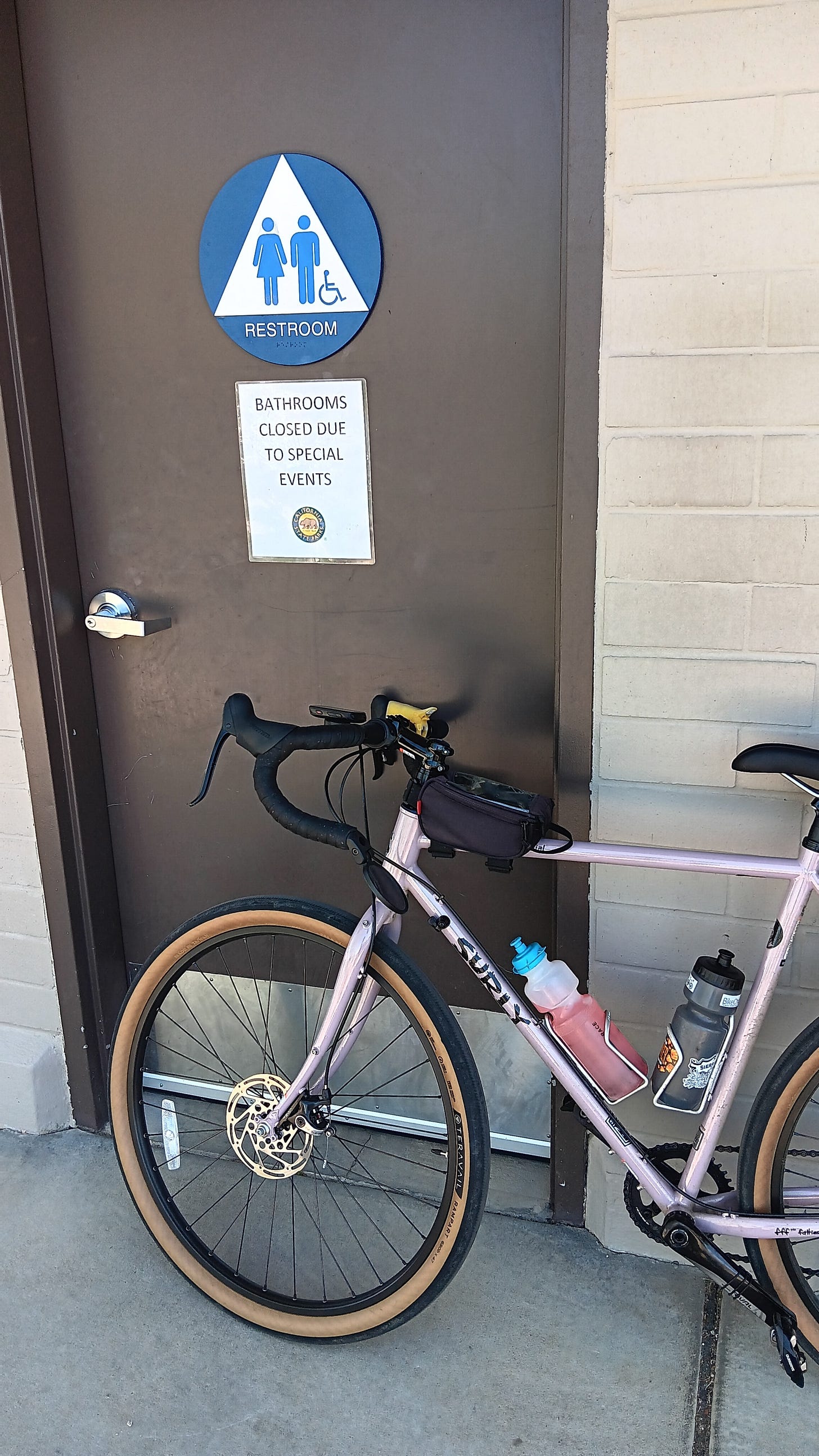


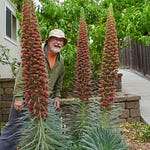

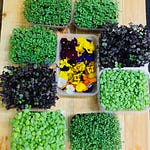
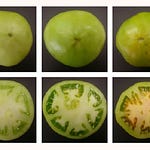

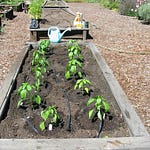
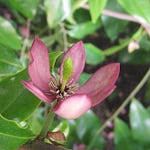
Share this post